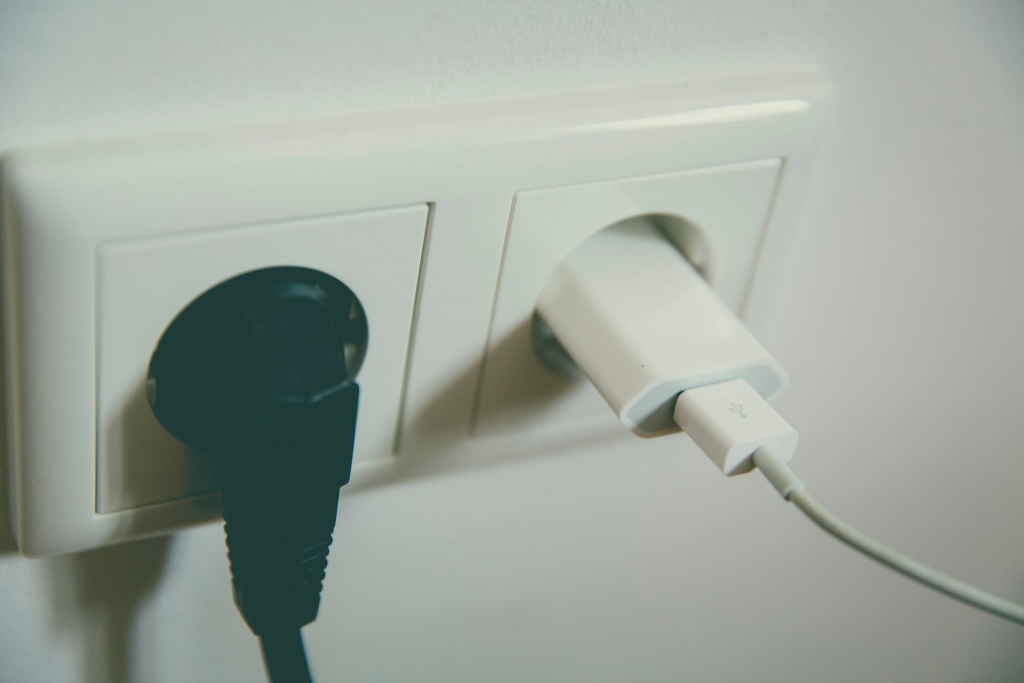
Heating and electrical equipment can pose serious safety threats to children. And while emergency equipment may save lives, it is vital that adults know how to properly use and care for it.
Follow these guidelines to help prevent injuries.
Heating equipment
Cover radiators and baseboard heaters with childproof screens.
Secure gas fireplaces with a valve cover or key.
Fit working fireplaces with screens.
Clean chimneys at least once a year.
Keep electric space heaters, humidifiers and vaporizers at least three feet from beds, curtains and other flammable items.
Electrical equipment
Cover unused electrical outlets with safety plugs.
Use grounded (three-pronged) cords with all major electrical appliances.
Ensure that electrical cords are properly insulated, and that insulation shows no signs of wear or fraying.
Use cord holders to keep longer cords fastened against the wall.
Remove excess plugs from overloaded sockets.
Do not run electrical wires under carpeting.
Position TVs, computers and stereo equipment against walls.
Emergency equipment
If you have a home phone, list emergency room phone numbers near the charging base.
Keep a fire extinguisher on every floor of the house and in the kitchen.
Make an emergency ladder available on upper floors of your home.
Smoke detectors should be installed on each floor of your home with, batteries changed at least once a year and any detector replaced after 10 years.
If you have a natural gas oven or range, if your water heater is indoors, or if you have an attached garage, install a carbon monoxide detector. Use an electrical outlet that is as close to the floor as possible. Carbon monoxide is a heavy gas and will settle.